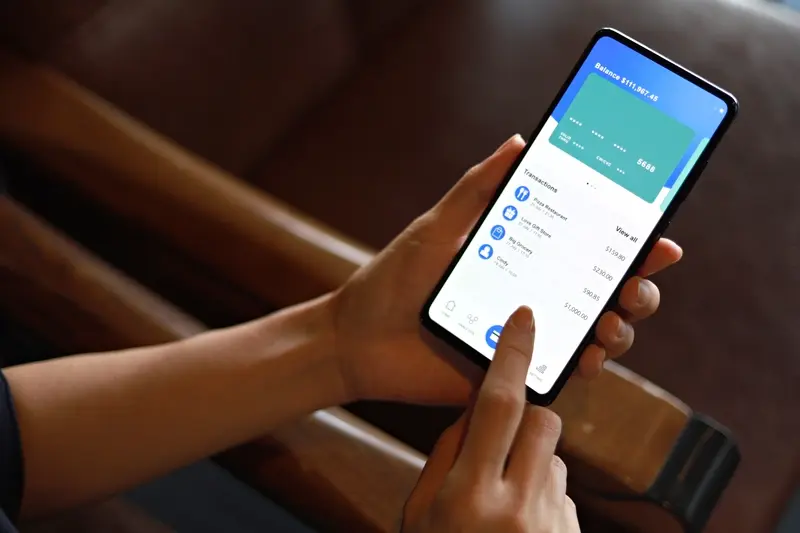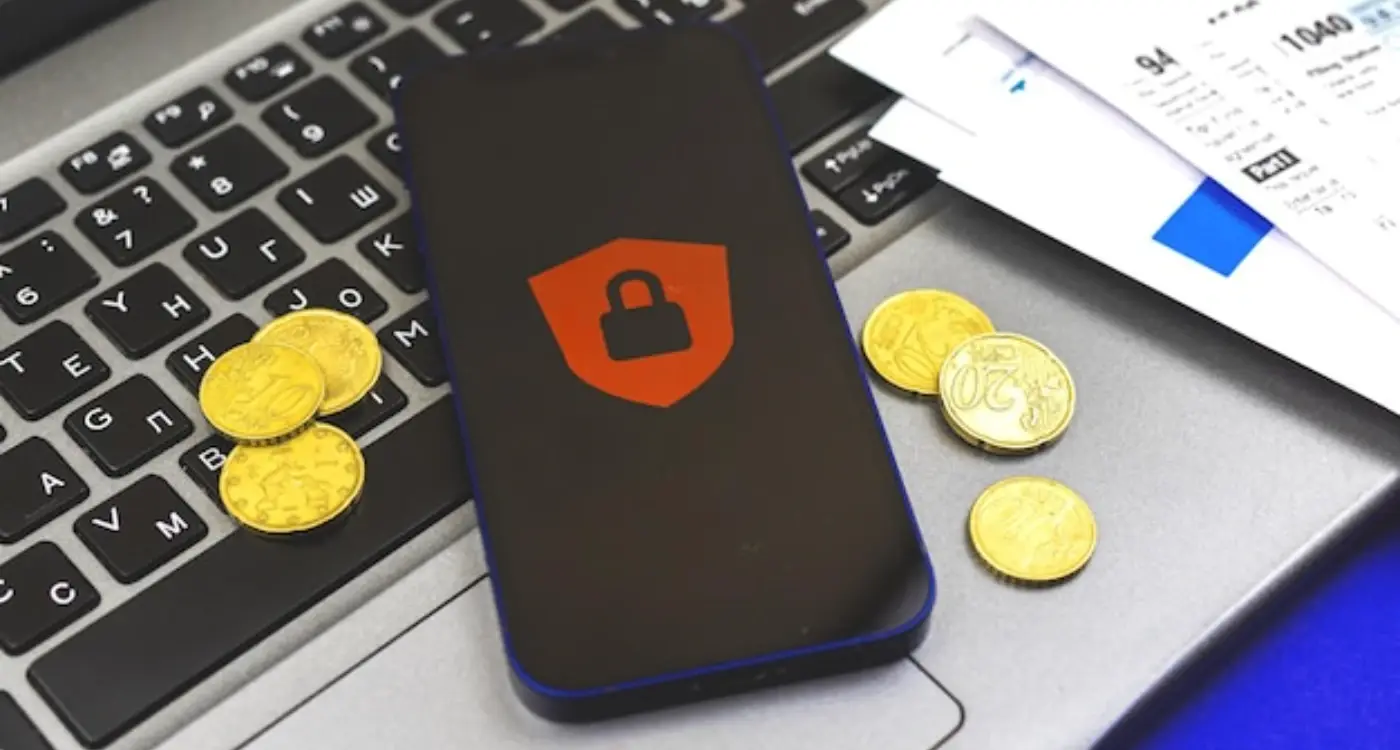What Features Do Users Expect From Banking Apps?
Banking apps are now used by over 2 billion people worldwide, making them one of the most downloaded and frequently used app categories. That's a staggering number when you think about it—and it means the pressure is on for banks to get their apps right. People aren't just checking their balance once a week anymore; they're using these apps for everything from splitting dinner bills to applying for loans.
The fintech revolution has completely changed what people expect from their banking experience. Where once a simple balance check would suffice, users now demand sophisticated features that rival what they'd find in a physical branch. User expectations have shifted dramatically—people want their banking app to be their financial command centre, not just a glorified account statement.
The modern banking app isn't just about moving money around; it's about empowering users to make better financial decisions in real-time
This shift has created both opportunities and challenges for banks. Get the financial functionality right, and you'll have loyal customers who rely on your app daily. Get it wrong, and users will switch to competitors faster than you can say "account transfer." Throughout this guide, we'll explore exactly what features users expect, why they matter, and how to implement them in a way that builds trust and engagement.
Core Security Features Users Demand
Let me be straight with you—security isn't just a nice-to-have feature in banking apps anymore. It's the absolute foundation that everything else is built on. After working with financial institutions for years, I can tell you that users have become incredibly savvy about what keeps their money safe. They're not just asking for basic password protection; they want the full security suite.
The thing is, people's expectations have grown massively. They've heard horror stories about data breaches and fraudulent transactions, so they're checking for specific security features before they'll even consider downloading your app. And rightfully so! Building trust in a new financial app requires demonstrating robust security from day one.
Multi-Factor Authentication That Actually Works
Users expect multiple layers of protection when they log in. We're talking about combinations of passwords, fingerprint scanning, face recognition, and SMS codes. The best banking apps I've worked on offer at least three different authentication methods so users can pick what works best for them.
Real-Time Security Monitoring
People want to know what's happening with their account instantly. This means push notifications for every transaction, location-based alerts when someone tries to access their account from a new device, and automatic account freezing when suspicious activity is detected.
- Biometric login options (fingerprint, face, voice)
- Device registration and recognition
- Automatic session timeouts
- End-to-end encryption for all communications
- Fraud detection with instant alerts
- Secure password recovery processes
Essential Account Management Tools
After working with fintech clients for the better part of a decade, I can tell you that account management features are where most banking apps either shine or completely fall flat. Users don't just want to see their balance—they expect comprehensive control over their financial accounts right from their phone.
The backbone of any decent banking app starts with instant balance viewing and transaction history. But here's what separates the good apps from the great ones: real-time notifications, detailed spending categorisation, and the ability to manage multiple accounts seamlessly. People want to know the moment money leaves their account, not find out days later when they're trying to buy coffee. This is exactly what separates good apps from great ones in the banking sector.
Core Account Features Users Demand
- Instant balance updates across all linked accounts
- Transaction search and filtering by date, amount, or merchant
- Account statements that can be downloaded or shared
- Spending categorisation with visual breakdowns
- Real-time push notifications for all account activity
- Quick account switching for users with multiple products
Don't overwhelm users with too many account management options on one screen. Group related functions together and use clear icons—your grandmother should be able to find her statement without hunting through three different menus.
The financial functionality that users expect has evolved beyond basic account viewing. They want their banking app to be a comprehensive financial dashboard that gives them complete visibility and control over their money, all wrapped up in an interface that actually makes sense.
Transaction Features That Build Trust
When people use banking apps, they want to feel confident about every transaction they make. I've worked on dozens of financial apps over the years, and one thing I've learned is that users need to see exactly what's happening with their money—no surprises, no confusion.
The most basic feature users expect is instant transaction notifications. When someone sends money or makes a payment, they want to know immediately that it went through. Push notifications work well here, but they need to be clear and show the amount, recipient, and time. People get nervous when they don't hear anything after tapping 'send'!
Real-time Balance Updates
Nothing frustrates users more than seeing their old balance after making a transaction. Modern banking apps update balances instantly—or at least show pending transactions clearly. This transparency helps people keep track of their spending without constantly refreshing the app.
Transaction History That Makes Sense
Users need to find past transactions quickly. The best apps show recent transactions first, include search filters, and display merchant names clearly (not confusing payment processor codes). Adding the ability to categorise transactions or add notes helps people remember what they bought weeks later. When implementing these features, it's important to consider whether your app can access all necessary phone features for optimal functionality.
Transaction receipts matter too. When someone pays a bill or transfers money, they want proof it happened. A simple receipt they can screenshot or email builds confidence in the app.
Digital Payment Options People Want
The fintech world has completely changed how people think about moving money around. When I'm working with banking clients, one of the biggest user expectations I hear about is having multiple payment options that actually work when you need them. People don't want to be stuck with just one way to pay—they want choices that fit different situations.
Contactless payments through Apple Pay, Google Pay, and Samsung Pay have become the gold standard. Your banking app needs to support these seamlessly because people expect to tap their phone and go. But here's what many banks miss: users also want peer-to-peer transfers that happen instantly, not in three business days.
International and Alternative Options
International transfers can't be an afterthought anymore. People travel, work abroad, and send money to family overseas—they need this financial functionality to be straightforward and affordable. Cryptocurrency support is becoming more common too, though not everyone needs it yet.
Users want their banking app to handle every payment scenario they can think of, from splitting a restaurant bill to paying rent abroad
QR code payments are gaining traction, especially for small businesses. Bill pay features need to be comprehensive and allow scheduling. The key is making all these options feel integrated rather than like separate features bolted onto the app. A well-integrated banking app can also help your brand stand out in a crowded financial services market.
Budgeting and Financial Planning Tools
People want more than just a place to check their balance—they want their banking app to help them manage their money better. That's where budgeting and financial planning tools come in. These features turn a simple banking app into a personal finance assistant that works round the clock.
The most popular budgeting tool is spending categorisation. Users expect their app to automatically sort transactions into categories like groceries, transport, and entertainment. This happens behind the scenes using clever algorithms that learn from spending patterns. When someone buys petrol, the app knows it's transport; when they shop at Tesco, it goes under groceries.
Budget Tracking Made Simple
Setting spending limits for different categories is another must-have feature. Users want to set a £200 monthly limit for dining out, then get gentle nudges when they're approaching that limit. The best apps don't just warn you—they show you exactly where your money went and suggest alternatives.
Planning for the Future
Savings goals are becoming increasingly popular. People love seeing visual progress bars showing how close they are to their holiday fund or emergency savings target. Some apps even offer automatic transfers to help users reach their goals faster. Implementing these features effectively requires understanding how to keep users engaged and coming back to track their progress regularly.
- Monthly spending summaries with visual charts
- Bill reminder notifications
- Spending trend analysis over time
- Personalised money-saving tips
- Export options for tax preparation
The key is making these tools feel helpful rather than judgmental—nobody wants their banking app to lecture them about their coffee habit!
Customer Support Features That Matter
When people run into problems with their banking app—and trust me, they will—they want help fast. I've seen too many fintech apps fail because they treated customer support as an afterthought rather than a core feature. Users expect immediate assistance when their money is involved, and rightly so.
The most effective banking apps include live chat support that's available 24/7. Not just during business hours, but round the clock. People check their accounts at midnight, make transfers on weekends, and encounter issues at the most inconvenient times. A chatbot can handle simple queries, but there needs to be a clear path to human support for complex problems.
Self-Service Options
Smart banking apps provide comprehensive FAQ sections and help centres that users can search through quickly. Video tutorials work particularly well for showing people how to use new features—much better than lengthy written instructions that nobody reads.
Getting Help When You Need It
The best customer support features include in-app messaging systems that keep a record of conversations, callback options for complex issues, and clear escalation paths. Users shouldn't have to explain their problem three times to different people. When issues arise, knowing how quickly to respond to user complaints can make all the difference in maintaining customer satisfaction.
Include a prominent "Help" button on every screen of your banking app. Users should never have to hunt around for support when they're dealing with financial functionality issues.
Remember that good customer support builds trust, and trust is everything in banking. When user expectations are met through reliable support channels, people feel more confident using your app for their daily financial needs.
Conclusion
Building a successful banking app isn't just about ticking boxes—it's about understanding what your users really need and delivering it in a way that feels natural and secure. I've worked on countless financial apps over the years, and the ones that succeed are those that put user expectations at the heart of every decision.
Your users want robust security features that protect their money without making every login feel like a military operation. They expect account management tools that give them control and clarity over their finances. Transaction features need to build trust through transparency and reliability, whilst digital payment options should make their lives easier, not more complicated.
Don't forget the human side either—budgeting tools that actually help people understand their spending patterns, and customer support features that provide real assistance when things go wrong. These aren't nice-to-have features; they're what separate good banking apps from great ones.
The banking app market is competitive, but there's always room for apps that genuinely understand their users. Focus on solving real problems, keep security at the forefront, and never compromise on the user experience. That's how you build something people will actually want to use—and more importantly, trust with their money.
Share this
Subscribe To Our Learning Centre
You May Also Like
These Related Guides

Why Do Users Abandon Financial Apps?

How Do You Build Trust In A New Financial App?



